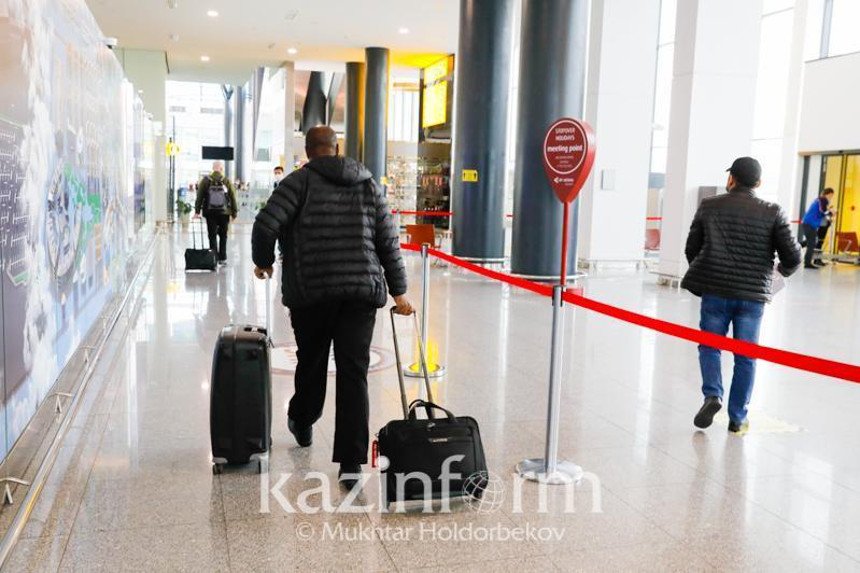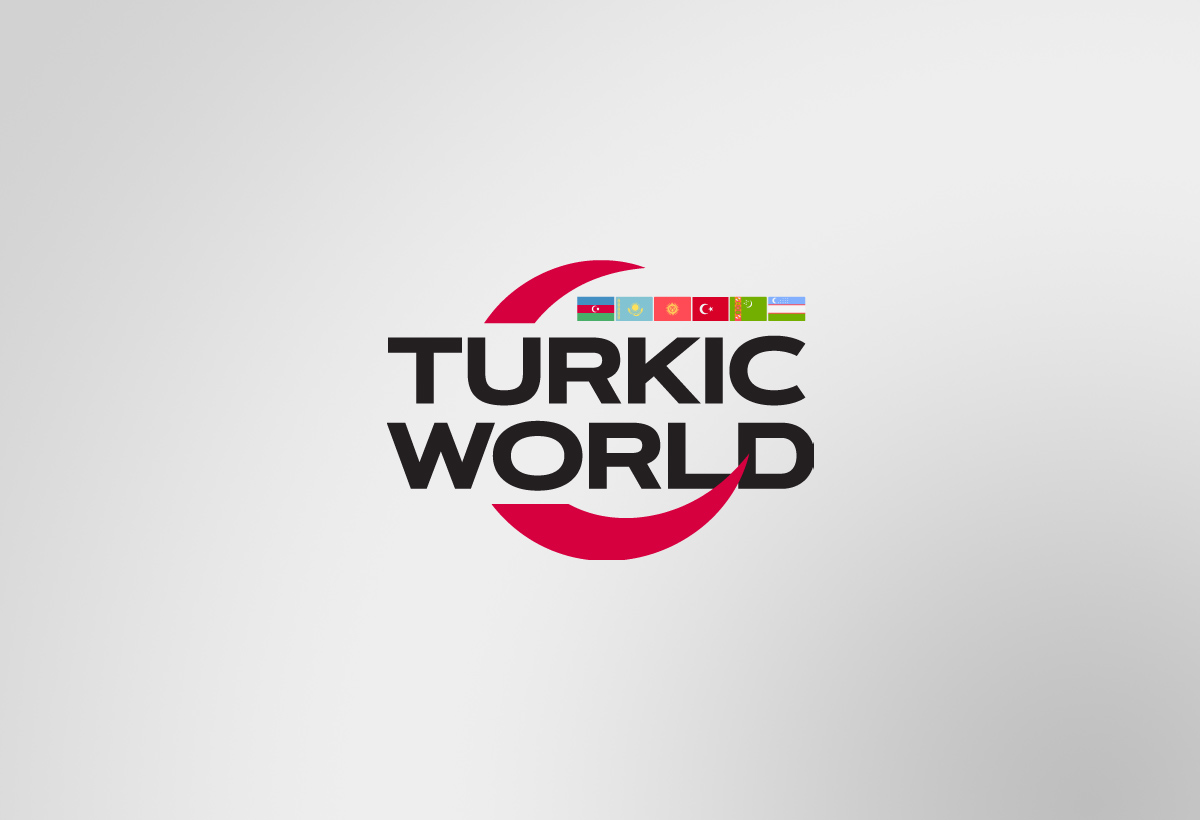The number of people who emigrated from Kazakhstan is going down steadily. More about the migration processes in Kazakhstan is in the latest article of Kazinform.
According to the Bureau of National Statistics, in 2021, 32,256 people emigrated from Kazakhstan, compared to 29,088 in 2020 and 45,225 in 2019.
In terms of regions, in 2021, Karaganda, Kostanay and East Kazakhstan regions led in the number of emigrants, with 4,603, 3,367 and 4,078, respectively. In the same year, Kyzylorda region had the lowest number of people emigrating - just 75 people. Mangistau region and the city of Almaty welcomed the highest number of immigrants last year - 2,753 and 1,882 people, respectively.

In terms of this year’s data, between January and May, the number of emigrated from the country reached 9,034 persons, while the number of immigrants to the country amounted to 6,227.
According to the Bureau of National Statistics, in 2022, the main migration exchange in the country takes place with the Commonwealth of Independent States (CIS). The share of immigration from the CIS countries amounted to 85.1 percent, and emigration - 81 percent of the total number of migrants.
The data indicates that over the past 11 years, nearly 394,000 people left Kazakhstan, nearly 152,000 more than the number of people who immigrated to the country over the same period (242,600).

Historical migration trends
Looking at the data by years, the highest number of emigrants was observed in 2000 - 155,749 people and the lowest was in 2013 when 24,384 people left the country - still high for Kazakhstan where the population is a little more than 19 million.
Across countries, between 2010 and 2021, Russia and Germany have been key destinations for Kazakh emigrants. For instance, in 2021, 26,717 people migrated to Russia and 3,138 to Germany. 21 years in 2000, these numbers were five and ten times higher - 108,724 left for Russia and 35,938 left for Germany.
This is explained by historical factors. The significant emigration flows have been there since 1991 when Kazakhstan gained independence. The reason is that many ethnic Germans, who were deported to Kazakhstan in the early 1990s, were returning to their historical motherland. It could have begun earlier, but there is no data available to follow that trend before the country’s independence. Some data, however, is lacking even for the years after Kazakhstan gained independence.
These processes went hand in hand with the flow of ethnic Kazakhs returning to Kazakhstan.
According to the United Nations Population Fund (UNFPA), between 1992 and 2003 the country lost 2.2 million people, due to «unequal migratory interchange with the outside world.» As a result, Russia and Germany received approximately 1.5 million and 850,000 people, respectively.
«The ethnic composition of migrants reflects the two most important processes in the post-Soviet space: ethnic Kazakhs’ desire to return to their homeland from other countries, and the desire of many from the Russian-speaking population to emigrate to Russia. Kazakhs and Russians accounted for 65 percent and 15 percent, respectively, of 195,000 people who arrived in Kazakhstan from 2007 to 2017. At the same time, Russians comprised 71 percent, Germans and Ukrainians 7 percent each, and Kazakhs a mere 4 percent of all those who left the country (245,000),» said UNFPA.
The population has been growing steadily since 2002 and reached 19.2 million as of June 1, 2022. The data, however, will be recalculated to include the data from the national census that Kazakhstan conducted in October 2021.
«This period also saw positive changes such as the open-door policy, the market-based transformation of the economy, and the development of entrepreneurship, which influenced Kazakhstan’s migration processes in the new century. The relocation of the capital from Almaty to Astana (currently Nur-Sultan) in 1997 had a significant effect on migration,» reads the UNFPA’s 2020 We Kazakhstan report that analyzes population trends.
Internal migration
Kazakhstan’s internal migration primarily targeted two urban centers – the capital Nur-Sultan and the city of Almaty, the former capital, and a major financial and business hub of the country. People are moving for better opportunities in jobs, life, and education.
Between January and May 2022, the number of migrants moving within the country decreased by 2.1 percent. In terms of interregional movements, a positive balance of migration was formed in three regions of the country - the cities of Almaty (14,481 people), Nur-Sultan (12,783 people) and Shymkent (1,773 people).
Over the years, Kazakhstan has undertaken efforts to direct migration flows from the overpopulated south to the north. The northern regions are characterized by having large enterprises and significant agricultural and mineral resources.
Why is it important to understand migration trends and what are the forecasts
Understanding the trends in the population is important for formulating the country’s responses to future economic, environmental, and social change. For example, understanding the consequences of changes in a country’s population structure and how these demographic trends interact with regional economic and social development can enable governments to devise policies based on the economic potential inherent in demographic changes.
UNFPA forecasts several scenarios for how migration flows can unfold in Kazakhstan. The key takeaway is that with the country’s ongoing economic and demographic development, the outflow of people from Kazakhstan will gradually decrease over time.
There are several factors explaining this forecast. First is the country’s continued economic growth and high demand for labor, gradual cessation of significant ethnic out-migration, and the rapid growth of the population in the countries south of Kazakhstan - Uzbekistan, Kyrgyzstan, Tajikistan, and Afghanistan.
Kazakhstan develops a new concept for migration policy until 2026
The Ministry of Labor and Social Protection is currently preparing a draft concept for migration policy until 2026, expected to be submitted to the government for approval by the end of the year, said Minister of Labor and Social Protection Tamara Duissenova at a government meeting on July 15.
She said the ministry will propose new mechanisms in matters of internal and external migration.
«The draft сoncept addresses the existing and expected internal and external challenges that require expansion of the conceptual framework of migration policy. One of the acute internal problems is the surplus of the labor force with low qualifications and a shortage of qualified personnel in certain sectors of the economy. Another important aspect is the overpopulation of the largest cities and individual territories. In addition, the settlement of ethnic migrants also takes place in densely populated regions. Against this background, there is depopulation of border areas and a decline in the northern regions, especially in the working-age population. In the future, this will lead to difficulties in ensuring the economic growth of these regions,» said First Vice Minister of Labor and Social Protection Akmadi Sarbasov during the discussion of the draft concept in September 2021.
He emphasized economic development, the creation of decent jobs for internal migrants, gender equality, protection of migrants' rights, as well as addressing issues of labor migration, human trafficking, and the so-called brain drain should be among the priorities of the developed concept.
According to Zeynal Hajiyev, Coordinator for Central Asia and Head of the International Organization for Migration mission in Kazakhstan, Kyrgyzstan, Turkmenistan, and Uzbekistan, Kazakhstan is one of the first countries in the region that has begun to build migration policy in accordance with the new realities.















